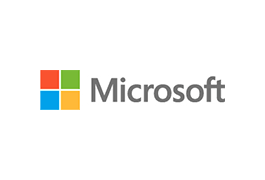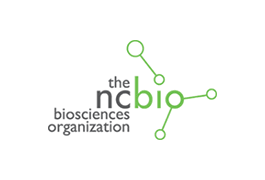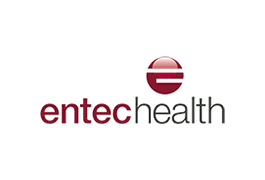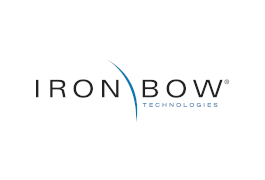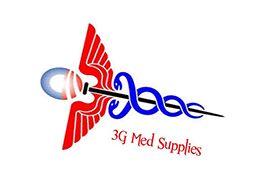11 December, 2014
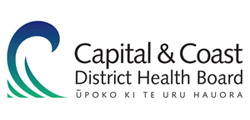 Worldwide, studies state there is a need for evidence-based wound assessments and a focus for improvement in clinical practice, as chronic wounds become more predominant. This is due to the growth in chronic diseases including diabetes, heart disease, and the immobility associated with care of the elderly and long-term care patients; all of which impact on patients’ well-being and health care costs.
Worldwide, studies state there is a need for evidence-based wound assessments and a focus for improvement in clinical practice, as chronic wounds become more predominant. This is due to the growth in chronic diseases including diabetes, heart disease, and the immobility associated with care of the elderly and long-term care patients; all of which impact on patients’ well-being and health care costs.
Traditionally, wounds are measured using manual tools such as paper rulers and unwieldy information management such as digital camera uploads and paper notes manually transferred to electronic records. This has increased the risk of inaccuracy and led to inefficient processes of care. In some areas of health, wounds are not measured at all, leading to unnecessary prolonged healing and pain for the patient.
The Capital and Coast District Health Board (CCDHB) looked to the research for information on how to measure clinical outcomes. Timely healing of wounds and leg ulcers would enable greater productivity for the patient in terms of reducing infection, hospital avoidance and earlier return to work. Measuring wounds became an even greater priority for CCDHB with the release of the New Zealand Venous Leg Ulcer Guidelines (2011) defining healing of leg ulcers at 12 weeks if there was a 25% reduction of wound size at 4 weeks. CCDHB looked at the Silhouette® suite as a clinically reliable, robust means of measuring wounds and clinical outcomes and inputting the patient data into the Silhouette system.
CCDHB implemented the Silhouette wound assessment and information management system for clinical practice in March 2013.
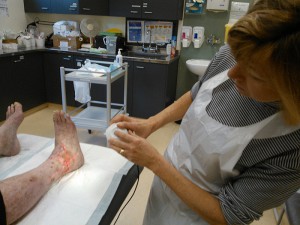
District nurse Alison Shaddox assesses a wound using Silhouette at the CCDHB’s Kapiti clinic.
Wound assessment and informatics
The system includes a point of care, laser-based imaging device that precisely and consistently measures the area, depth and volume of wounds and their healing progress, and software to store and manage wound informatics. It enables wound assessment activity to be monitored, providing instantly-available wound information to key stakeholders. Data includes accurate healing trend data, ethnicity data, patient medical history, quality imaging and standardized wound assessment.
There are limited studies on leg ulcer prevalence in NZ and no research has been published to date around leg ulcer prevalence for Maori and Pacific Island population groups. CCDHB foresaw that Silhouette data would enable future dissemination of the information from the database that could be collated and published to inform practice.
The CCDHB implementation was made up of 7 SilhouetteStar wound cameras, plus the SilhouetteCentral database.
The project was championed by service manager Matthew Callahan, working with the wound care team and the ICT team.
Nurses’ technology adoption
The main challenge in implementation was in educating 60 district nurses of varying ICT experience with new technology and computers – an entirely new and initially unfamiliar way of working. This has been overcome by providing significant support through the IT helpdesk, and via the ARANZ Medical support team. It has been found that there is a tipping point where a nurse goes from unfamiliarity to being wedded to the system because of the productivity improvement, the motivational effect on patients, and the ease of use and value of the informatics obtained.
The impact has been felt initially in wound care centers, where the results have been:
- Wound assessment has become noticeably advanced and evidence-based with regular wound measurement leading to best practice care and more timely specialist intervention as required
- The assessment process has been improved for patients because it is non-contact, minimizing pain and infection risk. Patients are excited when they see their wound photos and healing rates because they are able to see a direct record of the wound’s progress at the bedside. Furthermore, this provides motivation for the patient to make lifestyle changes if needed and promotes a collaborative partnership between the patient and the nurse.
- Communication across the multidisciplinary health team has greatly improved. For instance, the Vascular service team and specialist wound nurses can now log onto the system remotely to look at the patient’s report and advise. Escalation and intervention have become more timely and targeted due to the higher quality information available.
- There is the potential for all Medical Officers in CCDHB to access patient information and Silhouette photos as well as doctors/specialists at neighboring Hutt Valley DHB who share the patient, in the future as the 3DHB project continues.
Objective healing data
This has led to achieving important objectives in CCDHB health care: Nurses are now able to measure clinical outcomes with wound healing rates, and the patients‘ health care experience is improved.
A previous trial of the Silhouette system at a specialist wound care clinic in a Porirua Primary Health Organization saw an outcome of 68% of patients healed at 12 weeks, against an international benchmark of 55%.
“…an outcome of 68% of patients healed at 12 weeks, against an international benchmark of 55%”
District nurse Sara Best says studies show that wound care accounts for about 50% – 60% of district nursing workloads. For some patients, particularly those with diabetic foot ulcers and venous leg ulcers, the ability to objectively track their healing progress over time is an essential component of their management, Sara says.
“Being able to see the progression with a wound is quite a motivator for patients to adhere with health education advice such as elevation, exercise, or trying to get their blood sugar under control.”
Silhouette will enable the collection of important health care ethnicity data about the prevalence of leg ulcers. Silhouette has had a very positive influence on treatment outcomes, lifting standards of care through robust measurement leading to efficacy in wound management, helping multi-disciplinary teams to be more productive and thereby supporting better-informed decisions.
This program won a 2014 Computerworld NZ IT Leaders’ Award for Healthcare ICT Project of the Year
Doc #2014-00497

